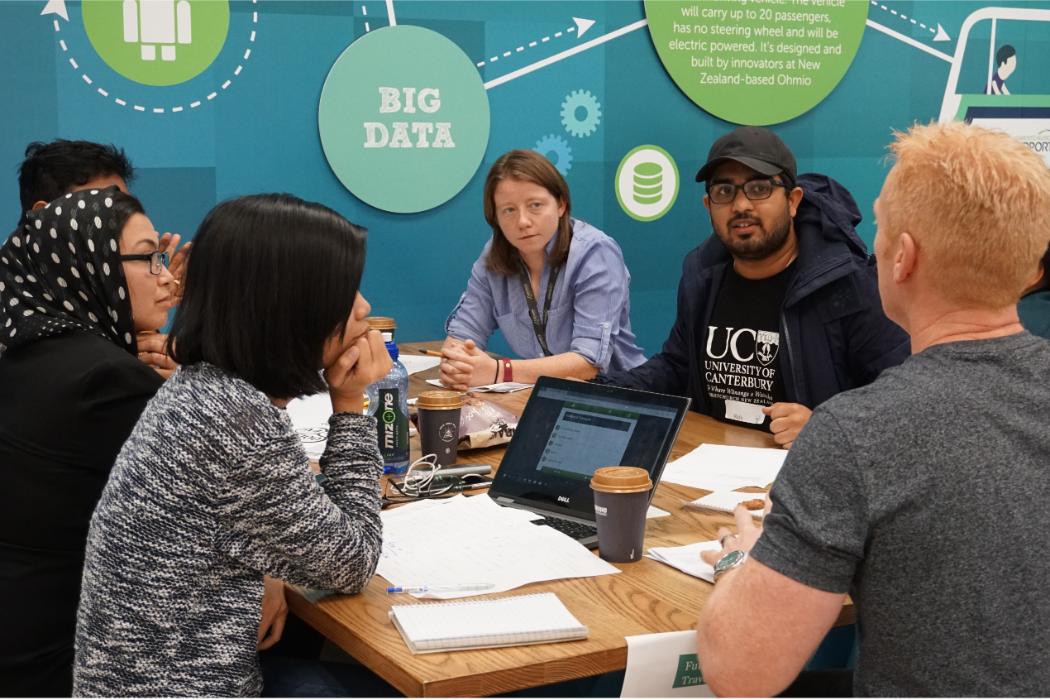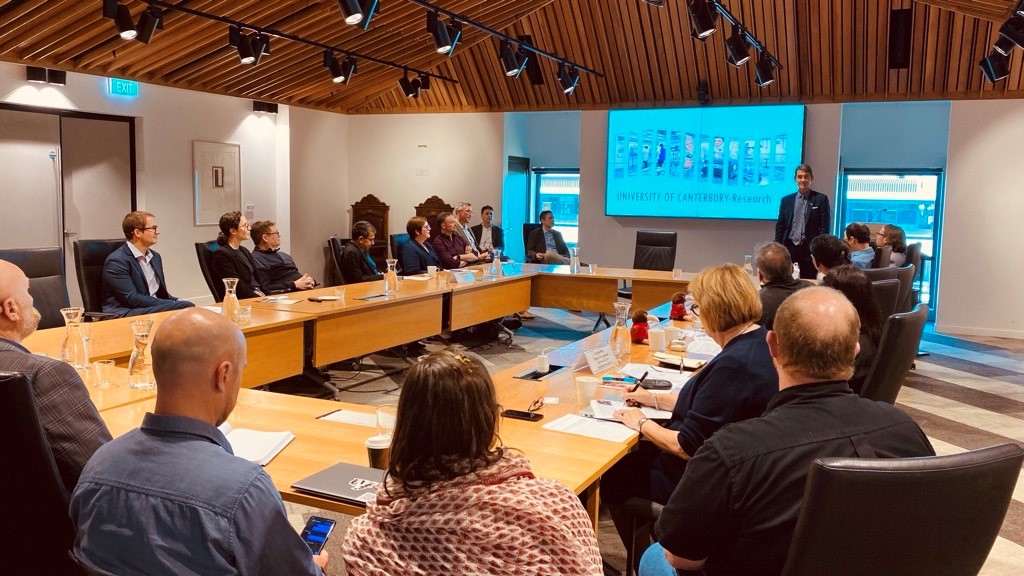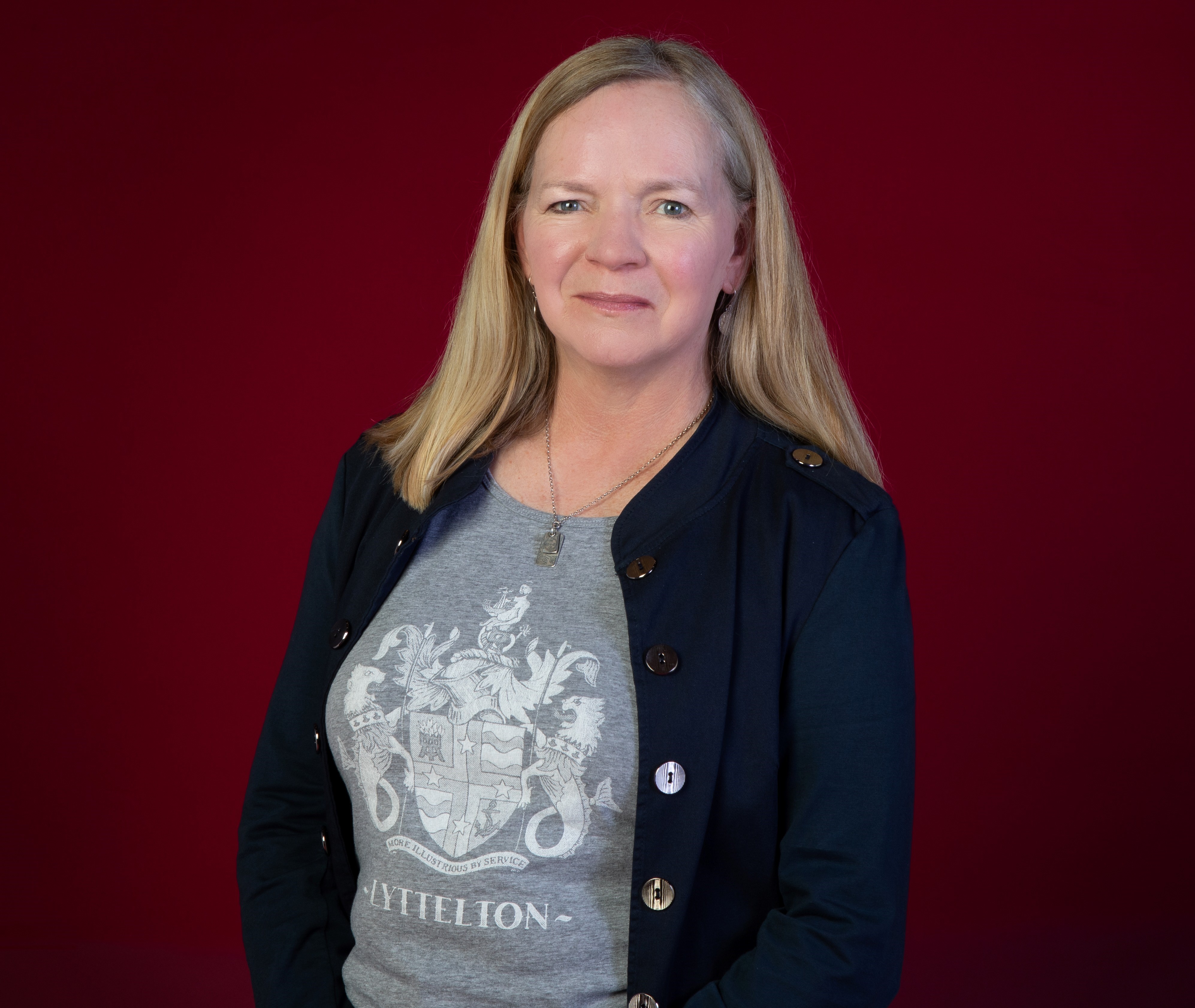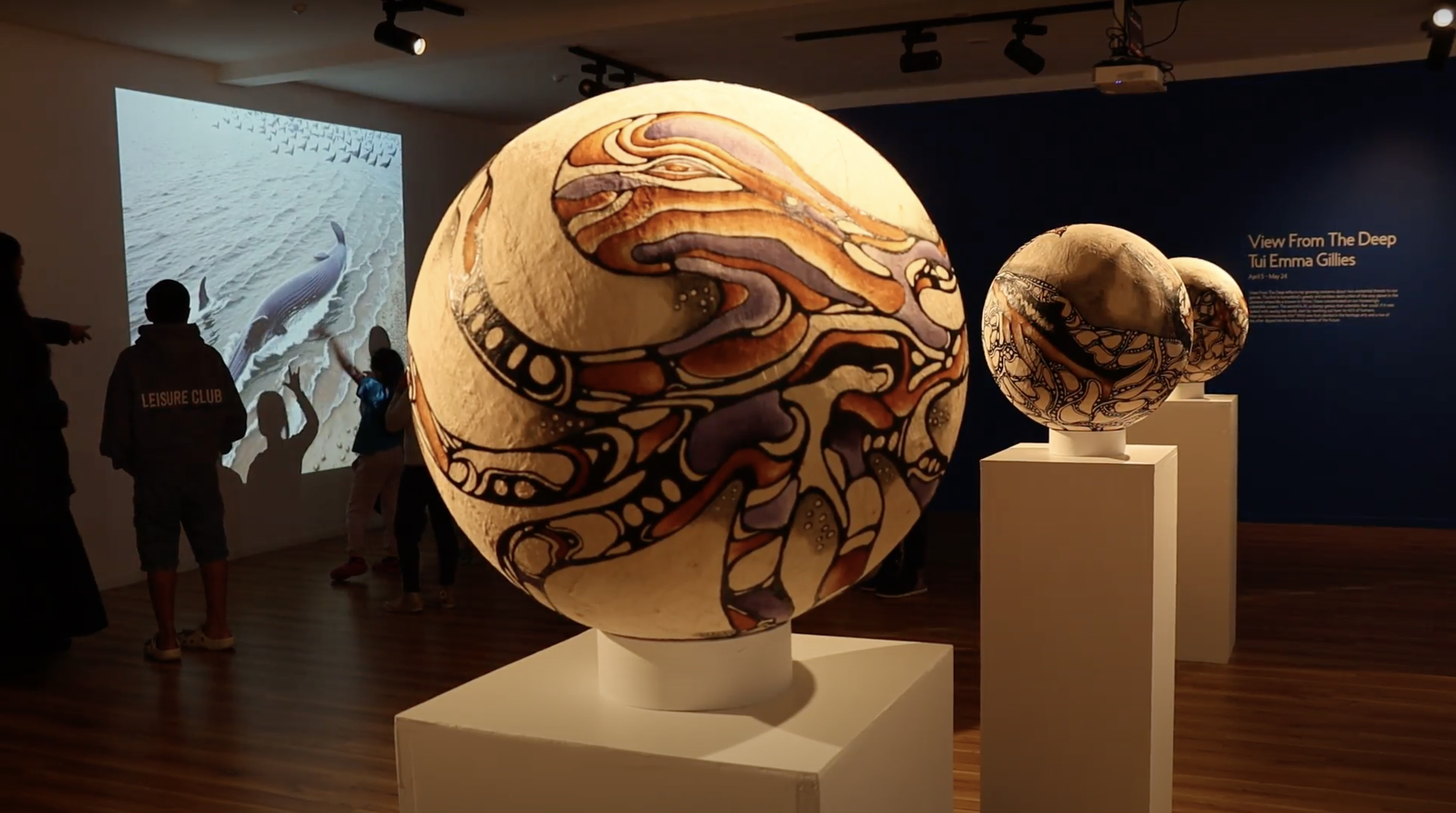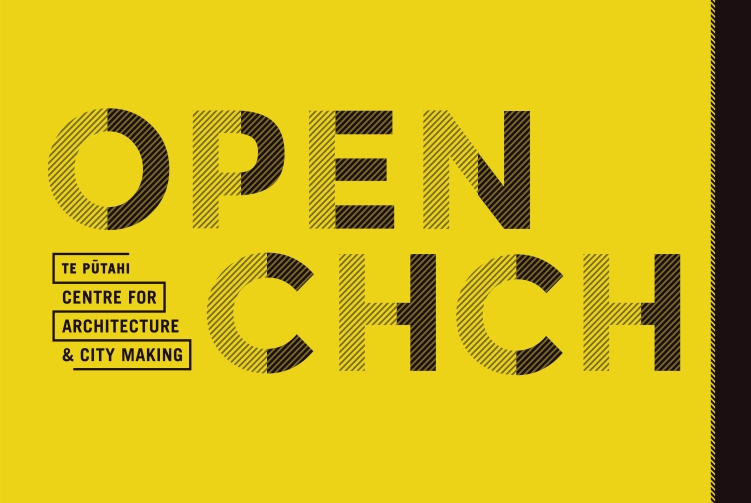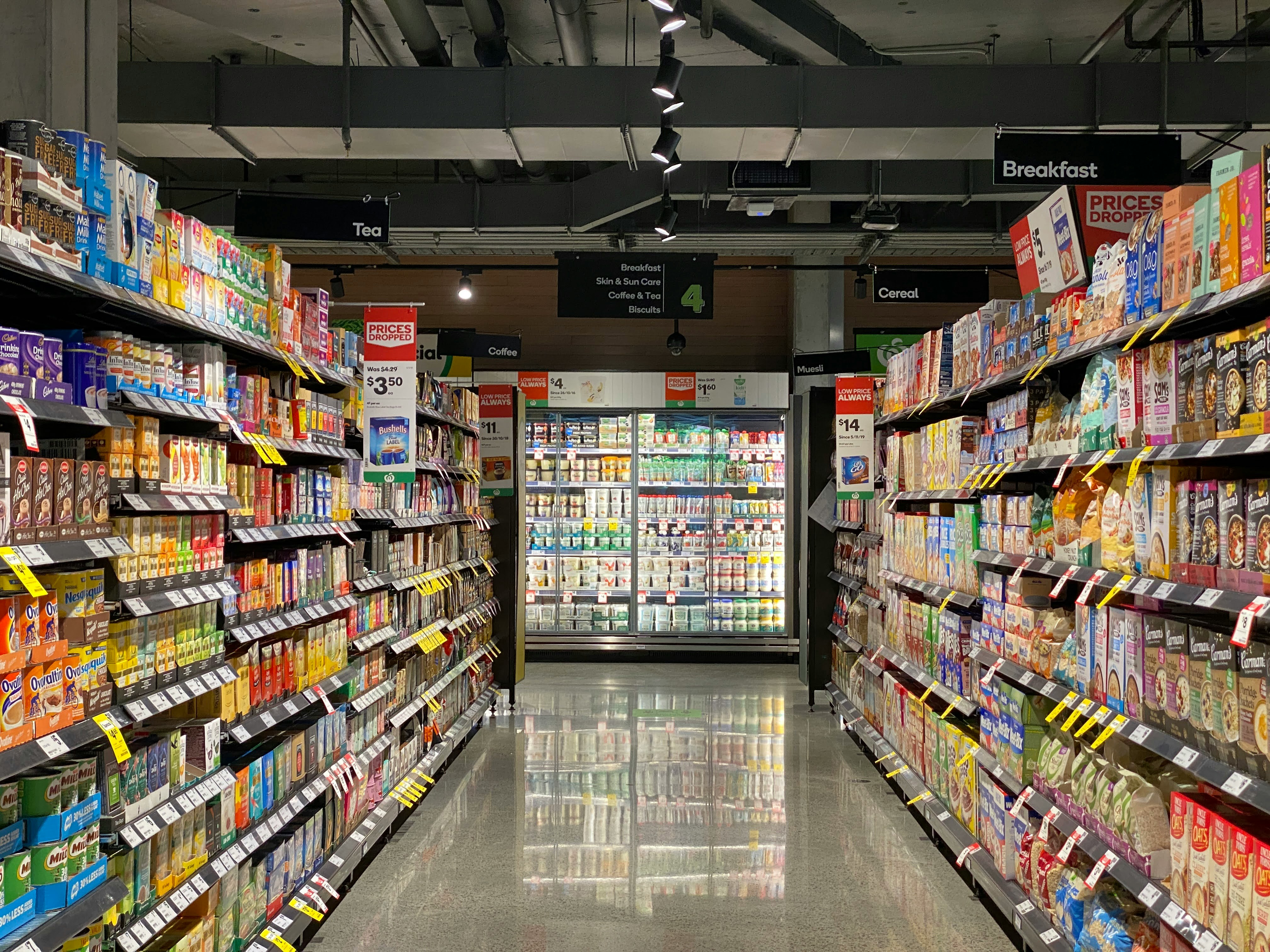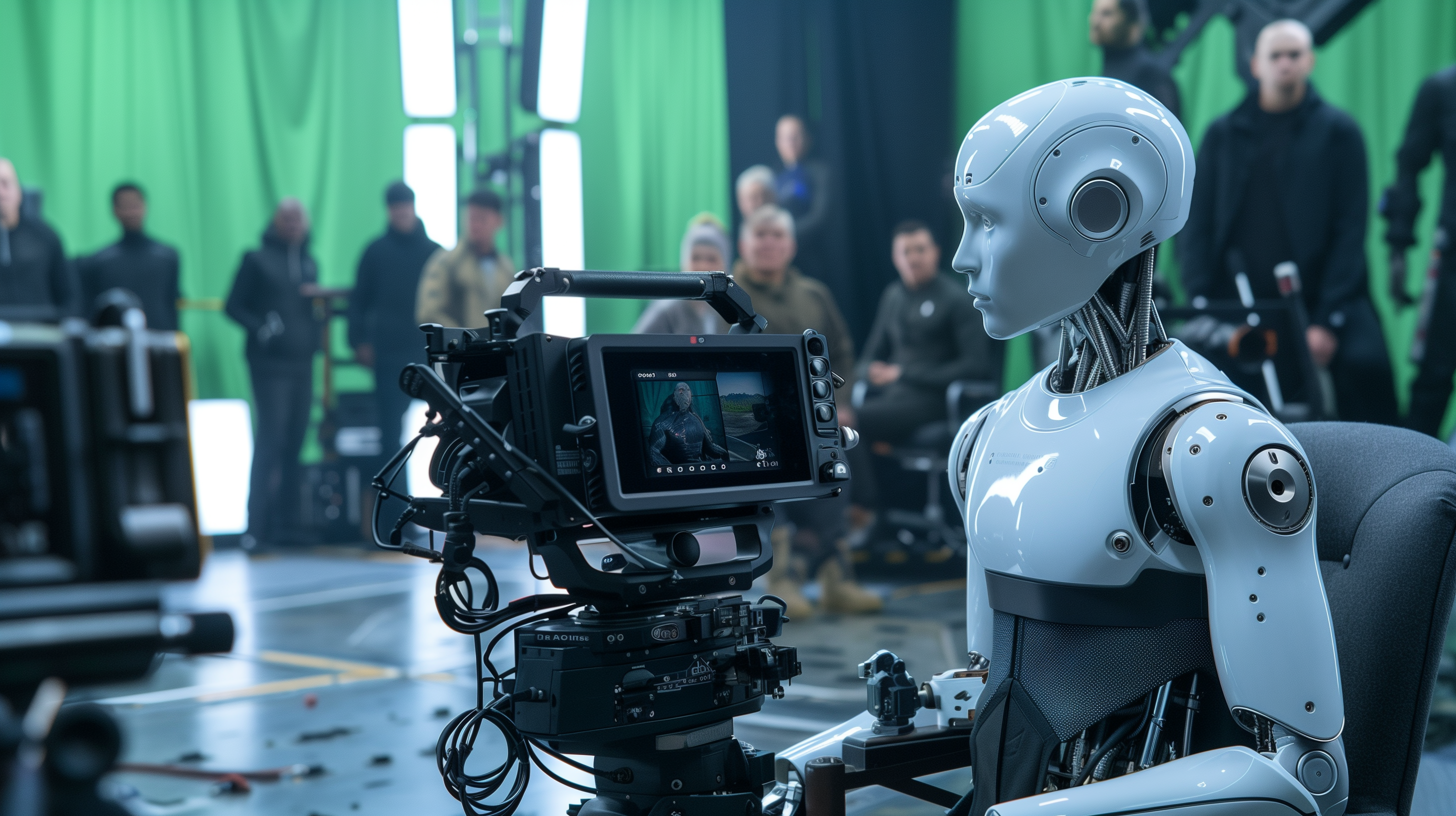Teams of UC students, mentored by Christchurch Airport staff, were asked to delve 15 years into the future and spend 48 hours coming up with solutions to futuristic airport challenges, in the Future of Digital Travel Challenge.
Robotic retailers, travelling by virtual reality, and pilotless planes are just some of the ideas that University of Canterbury students had for how digital disruption and emerging technologies will impact the future of travel.
Christchurch Airport’s Digital Innovation Zone recently hosted the Future of Digital Travel Challenge in partnership with the University of Canterbury Centre for Entrepreneurship (UCE)
Teams of students, mentored by Christchurch Airport staff, were asked to delve 15 years into the future and spend 48 hours coming up with solutions to futuristic airport challenges.
The questions got students thinking about the opportunities and threats of changes to the way people travel and online retailing for Christchurch Airport. They were also asked to consider the role insightful data could play in solving these challenges.
During the challenge speakers, mentors and experts also helped guide students to develop a range of skills including teamwork, critical analysis, quick thinking and presentations.
Christchurch Airport’s Manager Digital Solutions and Data Technology, Art Martinson, says the challenge replicated work that is already underway within the airport.
“Innovation excites us so we’ve been investigating how digital and emerging technologies can help us improve customer experience and build a stronger, safer business. Hosting this challenge helped widen the pool of talent we have looking at these issues.”
Michael Singleton, General Manager of Corporate Affairs, says: “For us it’s been a fantastic experience and we really enjoyed it. It’s not easy to do this in two days and the teams did a particularly good job at putting the customer at the centre”.
Teams presented their solutions to a panel of judges. UC student Bryce Cunningham, from second placed Team Insight, says: “We learnt a lot and were able to talk to a range of mentors with real industry experience to develop our ideas.”
Students were also exposed to some of the best robots on the market and got to see some of the latest cutting edge technology in action.
Art Martinson says the students’ ideas were impressive. “Their thinking was insightful and they’ve given us a lot to think about. Who knows? Maybe we will see some of these ideas come to life at the airport soon.”
Winning ideas
- Team ABI: An AI platform implemented on blockchain, controlled by the airport, which provides individualised needs-based marketing. ABI is an efficient and secure way for the airport and its partners to enhance the customer experience and better connect customers with retailers throughout their journey.
- Team Insight: Team Insight believe wearable AR devices will be the future and all customers will be using them to interact with the airport. By creating a ‘Hyper-personalised Virtual Shopfront’ with a selection of products selected specifically for the individual, the airport will be able to drive increased sales for retailers and an enhanced experience for customers.
- Team Air Force One: Team Air Force One argued that robots are the key to enhancing customer experience and improving retail spend at the airport. SecuroTron provides a streamlined and efficient security service for frequent flyers and ShopBot targets customers waiting for flights with retail and hospitality offerings tailored to their preferences.
